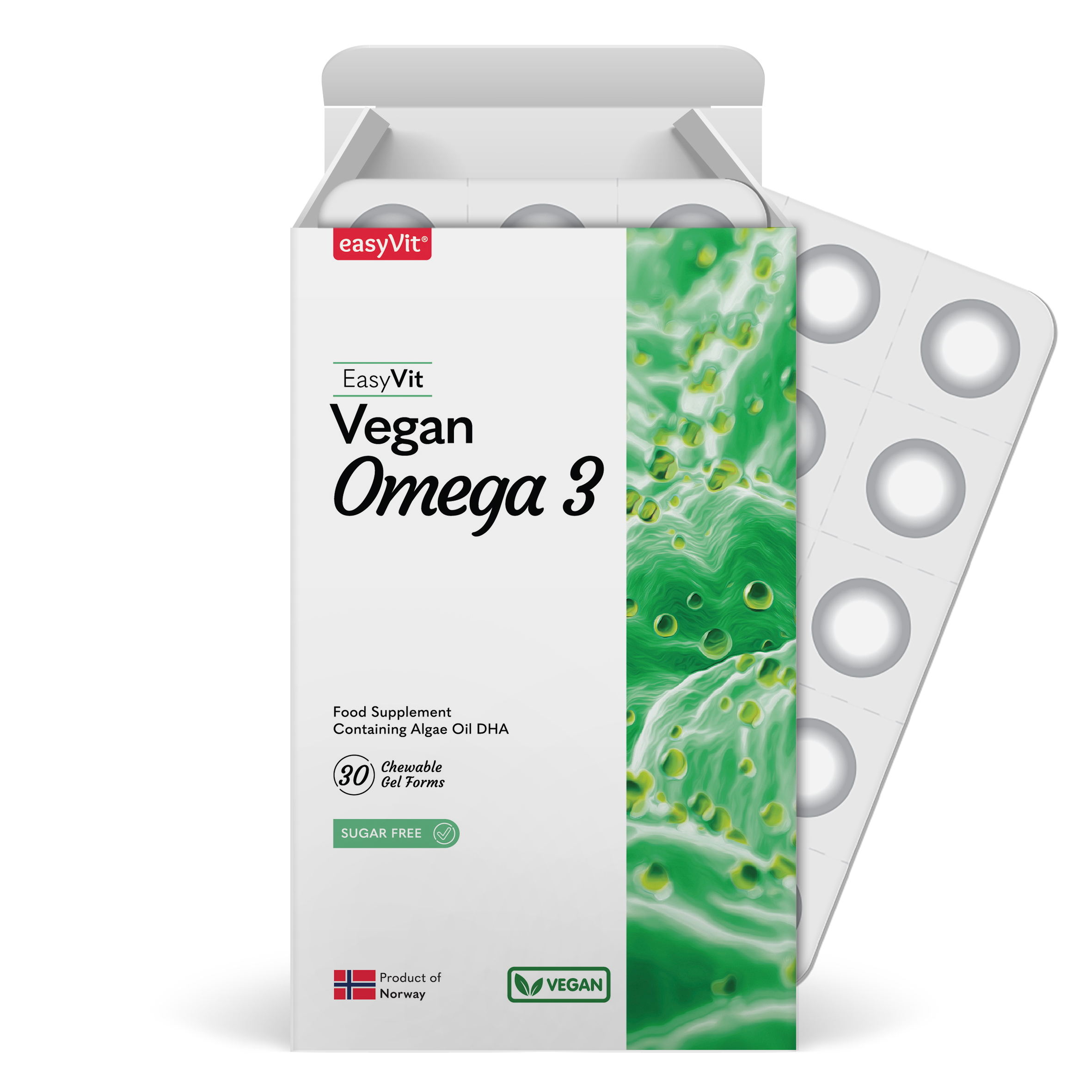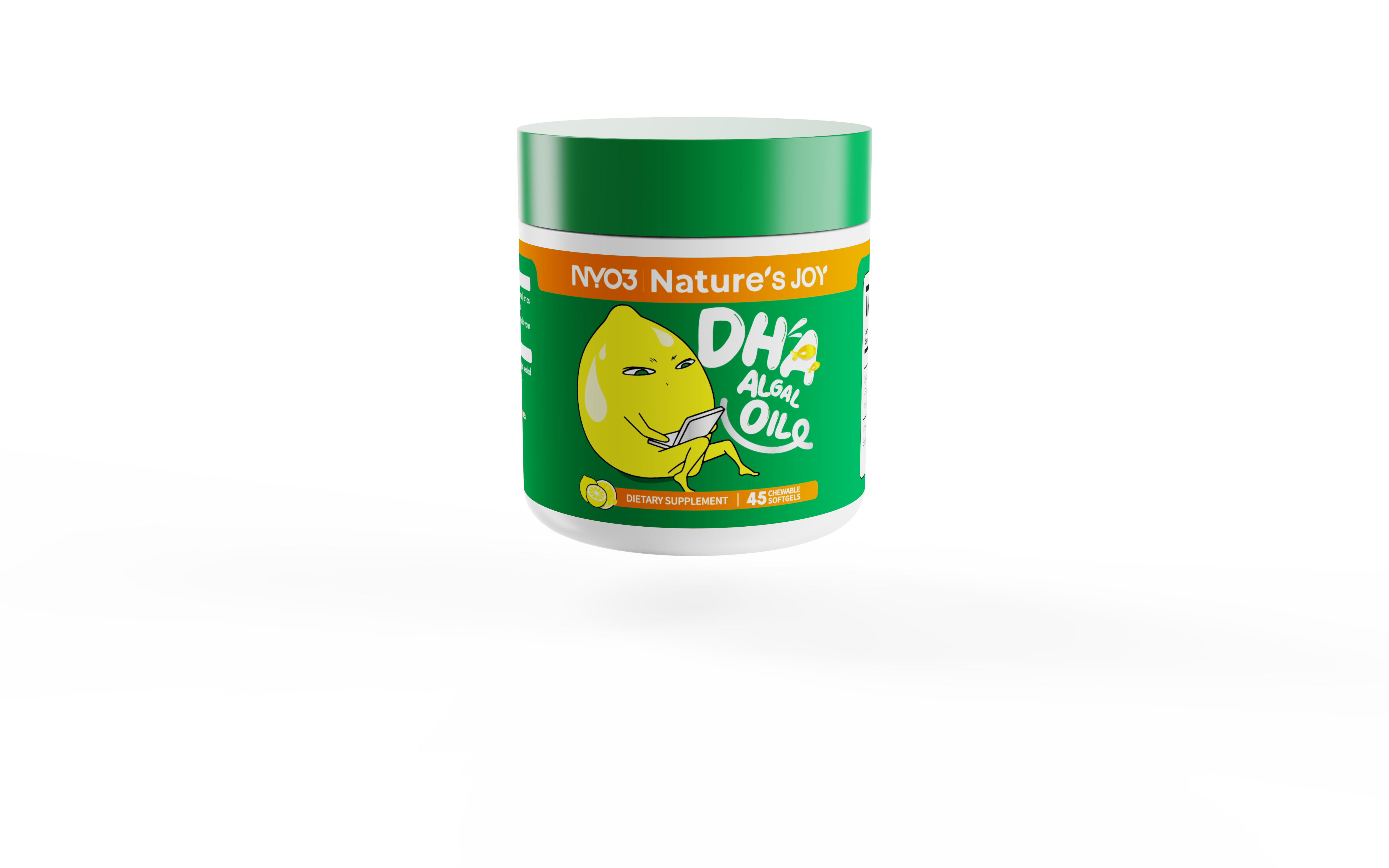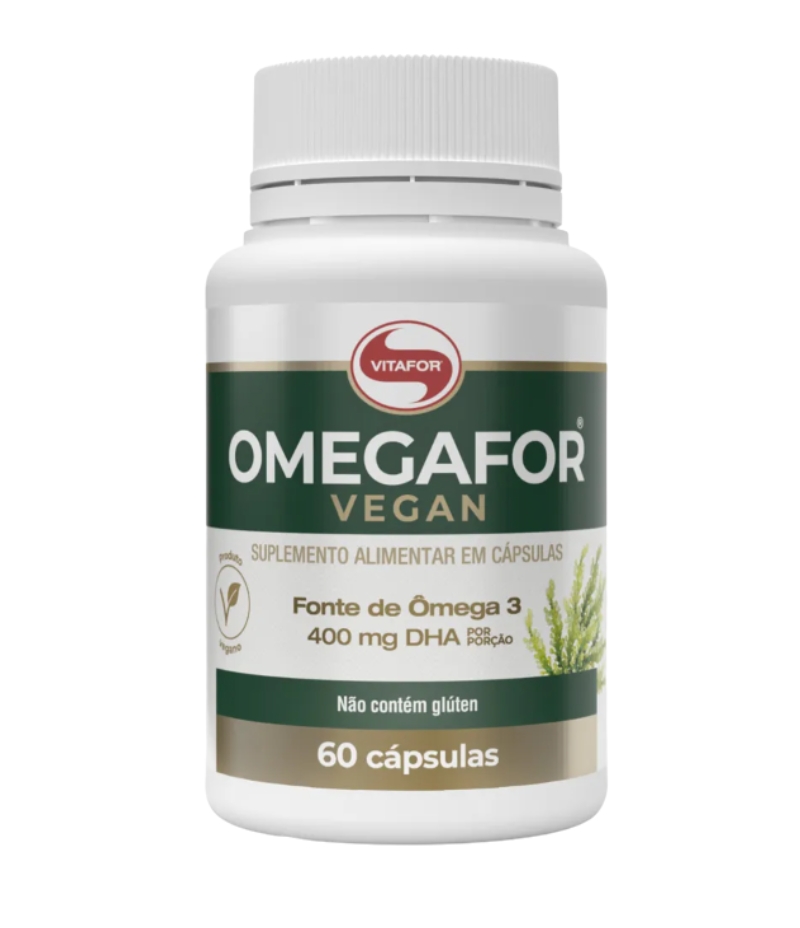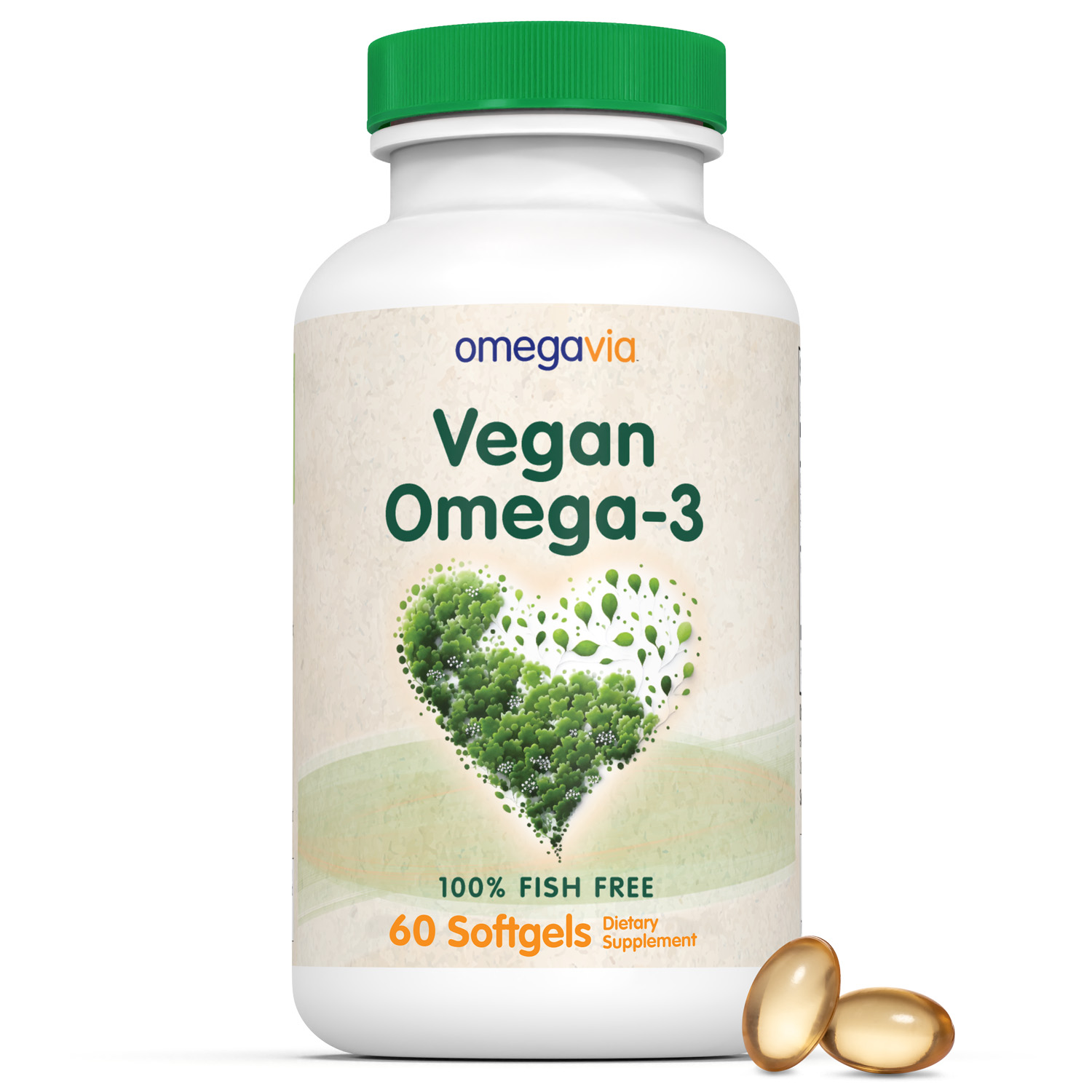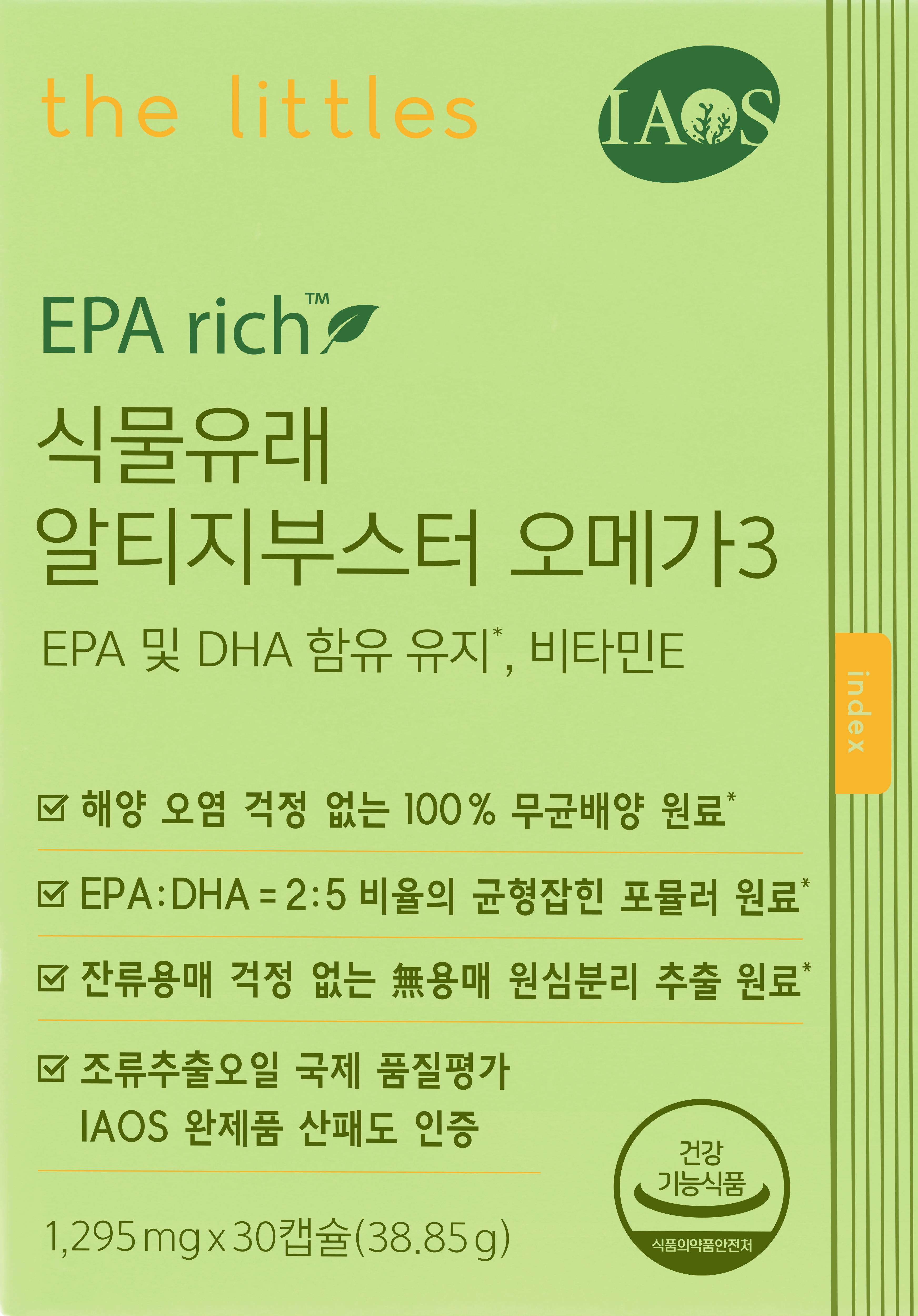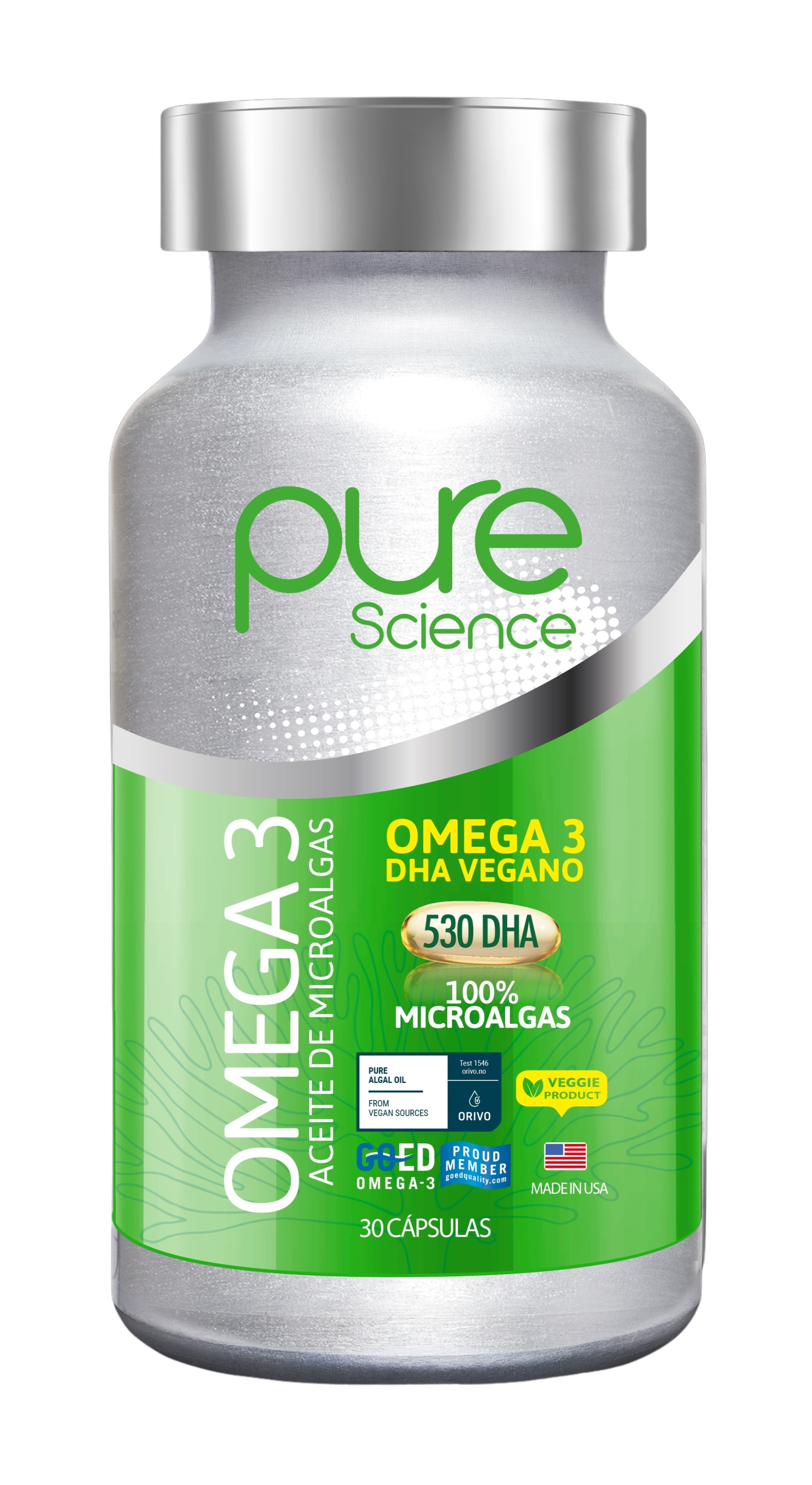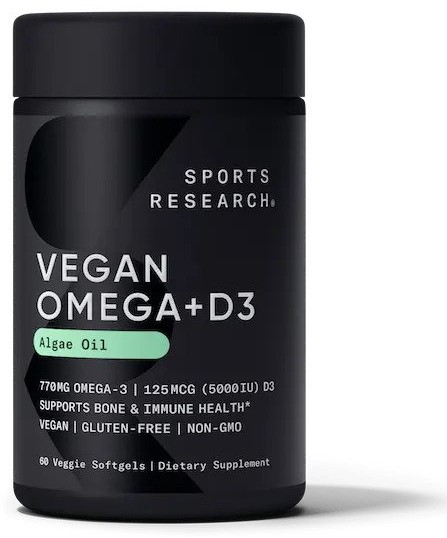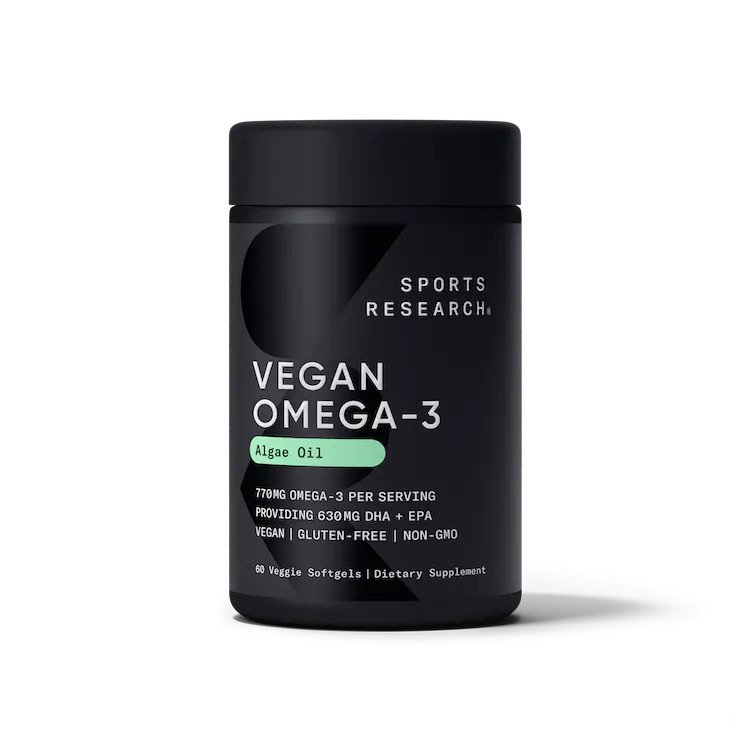
What is IAOS™?
The International Algal Oil Standards (IAOS™) product certification has been developed to address the growing global interest in algal oil products and provides a way for companies to test their products to the highest quality, safety, and purity standards in the world.
Algae vs. Algal Oil
Algae refers to a diverse group of photosynthetic organisms that can range from single-celled microorganisms to multicellular seaweeds. Algae can be found in various aquatic environments, including freshwater and marine habitats. They are capable of photosynthesis, using sunlight to convert carbon dioxide and water into organic compounds, like sugars and oxygen.
Algal oil, on the other hand, specifically refers to the oil extracted from certain types of algae. Algal oil is rich in omega-3 fatty acids, particularly EPA (eicosapentaenoic acid) and DHA (docosahexaenoic acid), which are beneficial for human and animal health. Algal oil is often used as a nutritional supplement and is considered a sustainable alternative to fish oil, as it doesn't rely on the harvesting of wild fish populations.
Omega-3 Content of Algal Oil
Though fish oil is considered a primary source of omega-3s, algal oil presents a compelling plant-based substitute for individuals who either avoid seafood, have difficulty tolerating fish oil, or are looking for a more sustainable option.
Approximately 40,000 species of algae exist, and the supplements derived from algal oil extraction can yield varying amounts of omega-3 fats. Numerous studies indicate that algal oil is nutritionally comparable, and in certain instances, equivalent with fish-based sources.
A Sustainable Alternative
As concerns about environmental sustainability continue to grow, the demand for eco-friendly alternatives is on the rise. Algal oil represents a significant stride towards sustainability in several key ways:
- Reduced Pressure on Marine Ecosystems: By growing algae in controlled environments, it helps ease the strain on oceanic biodiversity, ultimately safeguarding delicate marine ecosystems and shielding at-risk species.
- Resource Efficiency: Algae's remarkable efficiency in harnessing sunlight and carbon dioxide to produce valuable nutrients like omega-3 fatty acids is truly impressive. Certain algae species outperform traditional oil-rich fish in oil production, yielding higher quantities at a faster pace. This efficiency translates to a reduced need for land, water, and resources in omega-3 production compared to fish oil extraction, making algal oil a more sustainable and eco-friendly option.
- Climate Impact: As algae thrive, they naturally absorb carbon dioxide, leading to a decrease in greenhouse gas emissions. Integrating algal cultivation with cutting-edge carbon capture and utilization technologies can elevate its environmental advantages even further.
- Minimal Environmental Contamination: Algae grown in controlled environments are less susceptible to environmental contaminants such as heavy metals and pollutants, which can accumulate in wild fish populations.
- Land Use Efficiency: Algae cultivation requires significantly less land compared to traditional agriculture or aquaculture practices. Vertical farming techniques and innovative cultivation systems allow for high-density production in relatively small areas, minimizing the impact on terrestrial ecosystems and maximizing land use efficiency.
Omega-3 Health Benefits
There is an extensive amount of human research supporting EPA and DHA’s health benefits.
From a nutrition standpoint, the typical North American diet doesn’t provide enough EPA and DHA for good health. Most people need to increase their intake. A diet too low in omega-3s, and too high in omega-6s (another type of dietary fatty acid), has been linked to many diseases.
DHA is found in the brain, retina, and heart. It’s especially important for infants and children as they grow and develop. EPA is involved in the body’s inflammatory processes and may help prevent or alleviate diseases resulting from chronic inflammation. These include heart disease, stroke, obesity, and arthritis.
Though more research is needed, there is some evidence showing possible benefits of omega-3s for ADHD (attention-deficit hyperactivity disorder), asthma in children, and brain health in the elderly.
How Much Do You Need?
The amount of omega-3s you need varies depending on your age and life stage.
According to the Global Organization for EPA and DHA Omega-3s (GOED), a non-profit organization that has reviewed the current scientific literature, the current recommended adequate intakes for omega-3 fatty acids are:
500 mg
- For the general healthy adult population, in order to lower the risk of coronary heart disease (CHD)
700-1000 mg
- For pregnant and lactating women, optimal intake is 700 mg/day of EPA+DHA. At least 300 mg should be DHA.
- For secondary prevention of CHD: 1000 mg/day EPA + DHA
> 1 g
- Higher intakes are supported for a range of additional health conditions (e.g. blood pressure⁴, triglycerides)
Products that get IAOS™ certified are algal-oil based supplements. They are tested against standards for:
- Active Ingredient Content – Does the product contain the amount and specific types of omega-3s the label says it should?
- Contaminants – Does the product contain unsafe levels of harmful chemicals?
- Stability – Is the product as fresh as possible, or has it gone bad (oxidized)?
Analytical testing is the only sure-fire way of making sure products meet certain limits. See IAOS testing limits in Certified Product Reports.
 Skip to main content
Skip to main content

